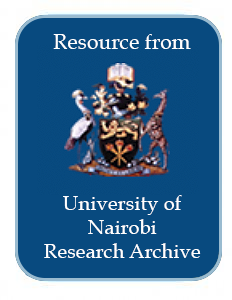Resource information
Preliminary findings on the effects of land use in the Masinga Dam catchment, Kenya, on the storage capacity of the reservoir are presented. Remote sensing and GIS techniques, supplemented with ground reports, were used to determine areas most susceptible to erosion. A representative catchment was then chosen for rainy season monitoring of soil loss, river suspended sediments and discharge response to rainfall. In addition, Gerlach-type traps were used to evaluate erosion rates under different crop covers and slope gradients. A sample of 200 households was interviewed about their perceptions of erosion problems on their farms. Preliminary results suggest that the major sediment-contributing areas are the densely populated and intensively cultivated foothills of the Aberdares, rather than the semi-arid lowlands directly bordering the reservoir. Poorly drained sealed and murram roads, together with footpaths, cattle tracks and gullies, act as extensions of the drainage network during storms, channelling sediment-laden runoff from bare areas around homesteads and schools directly into the river. Subsistence crops, particularly mono-cropped maize, appear to provide poor cover for a major part of the wet season.


